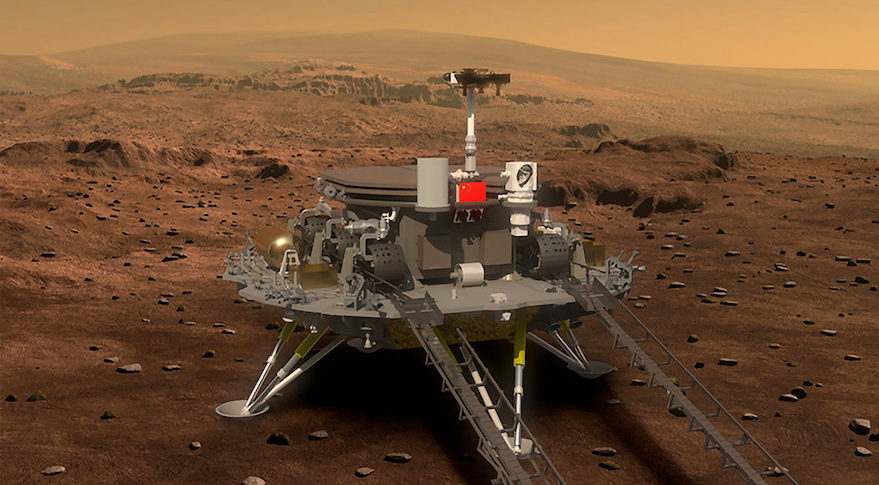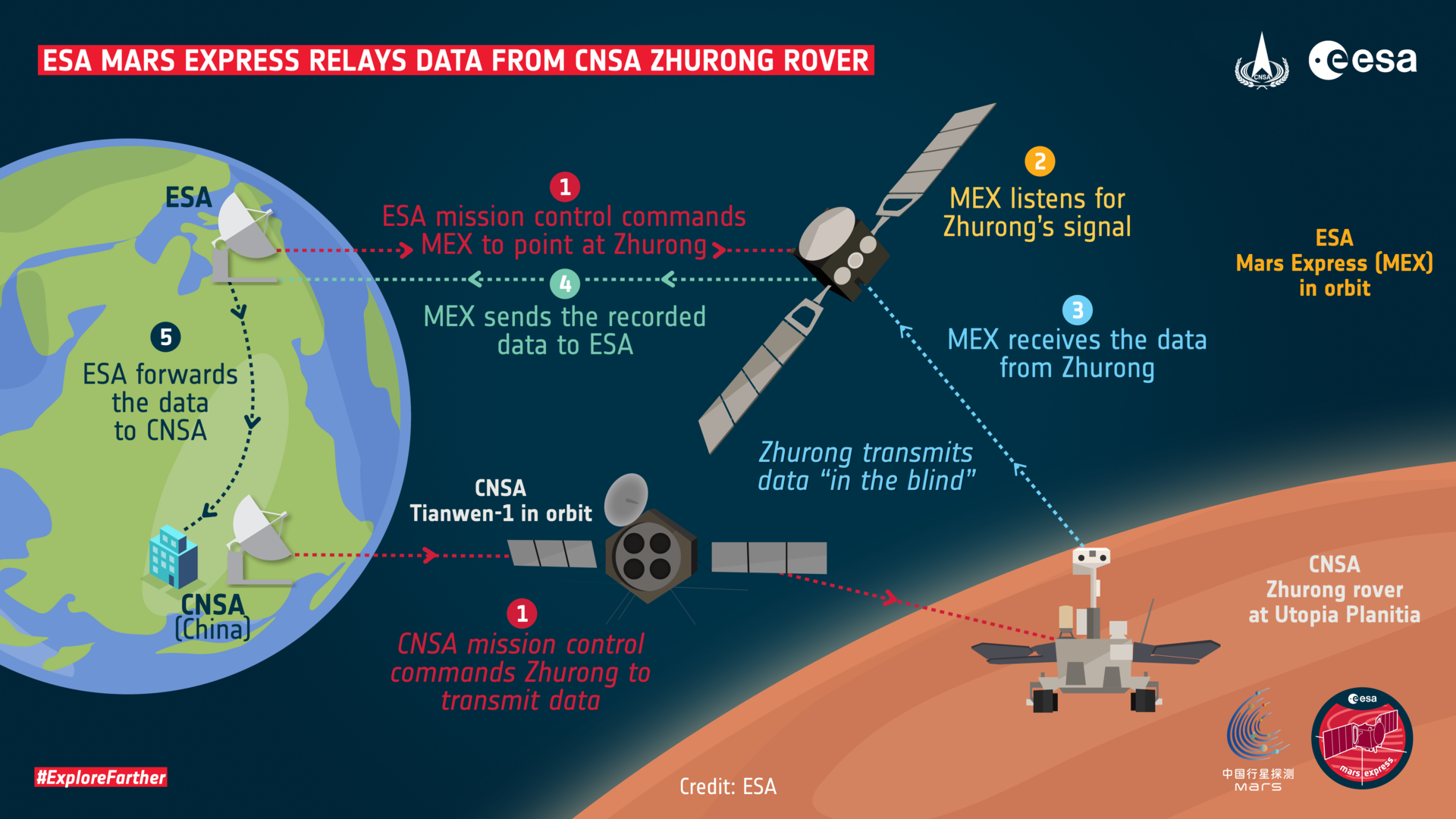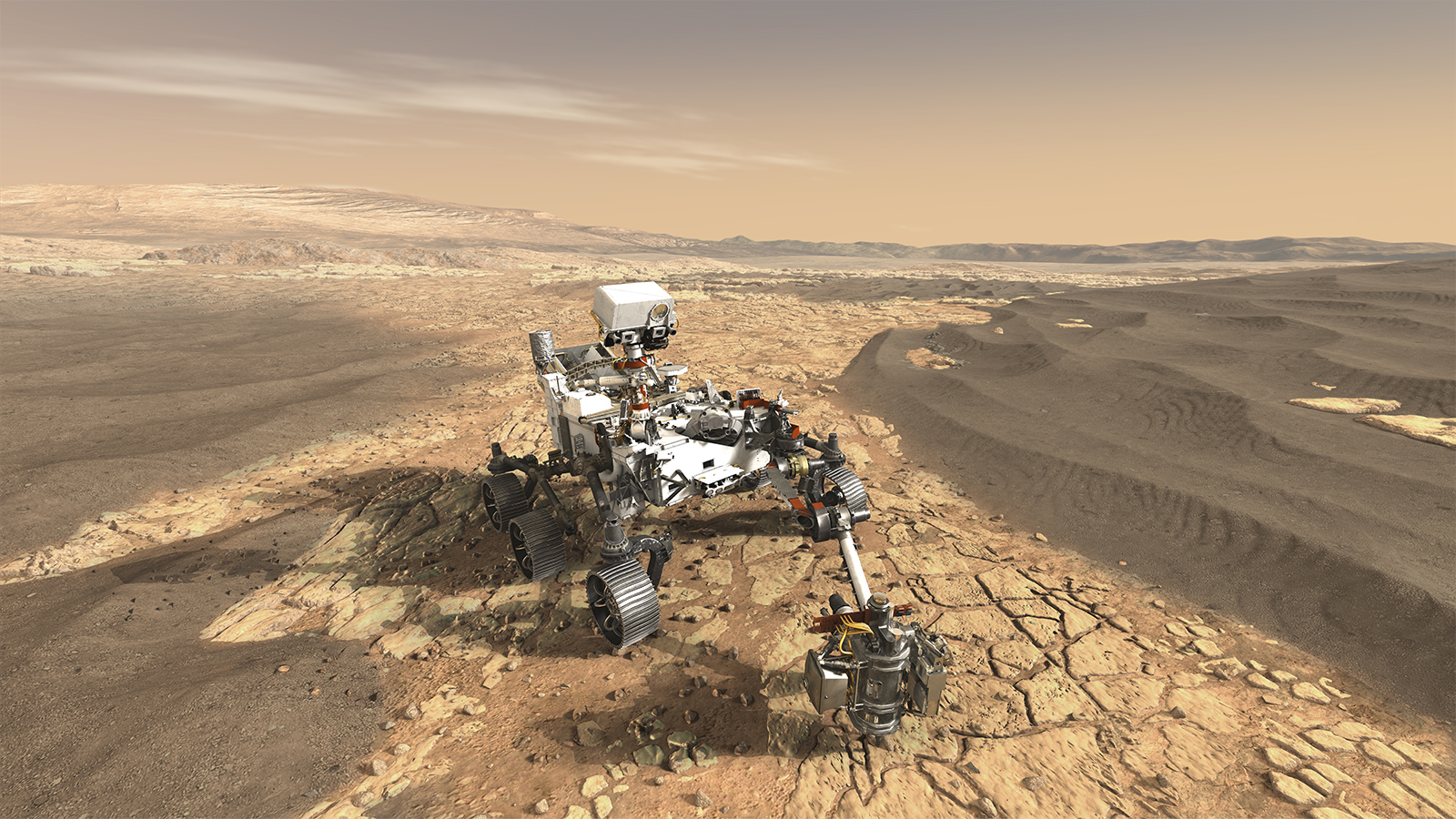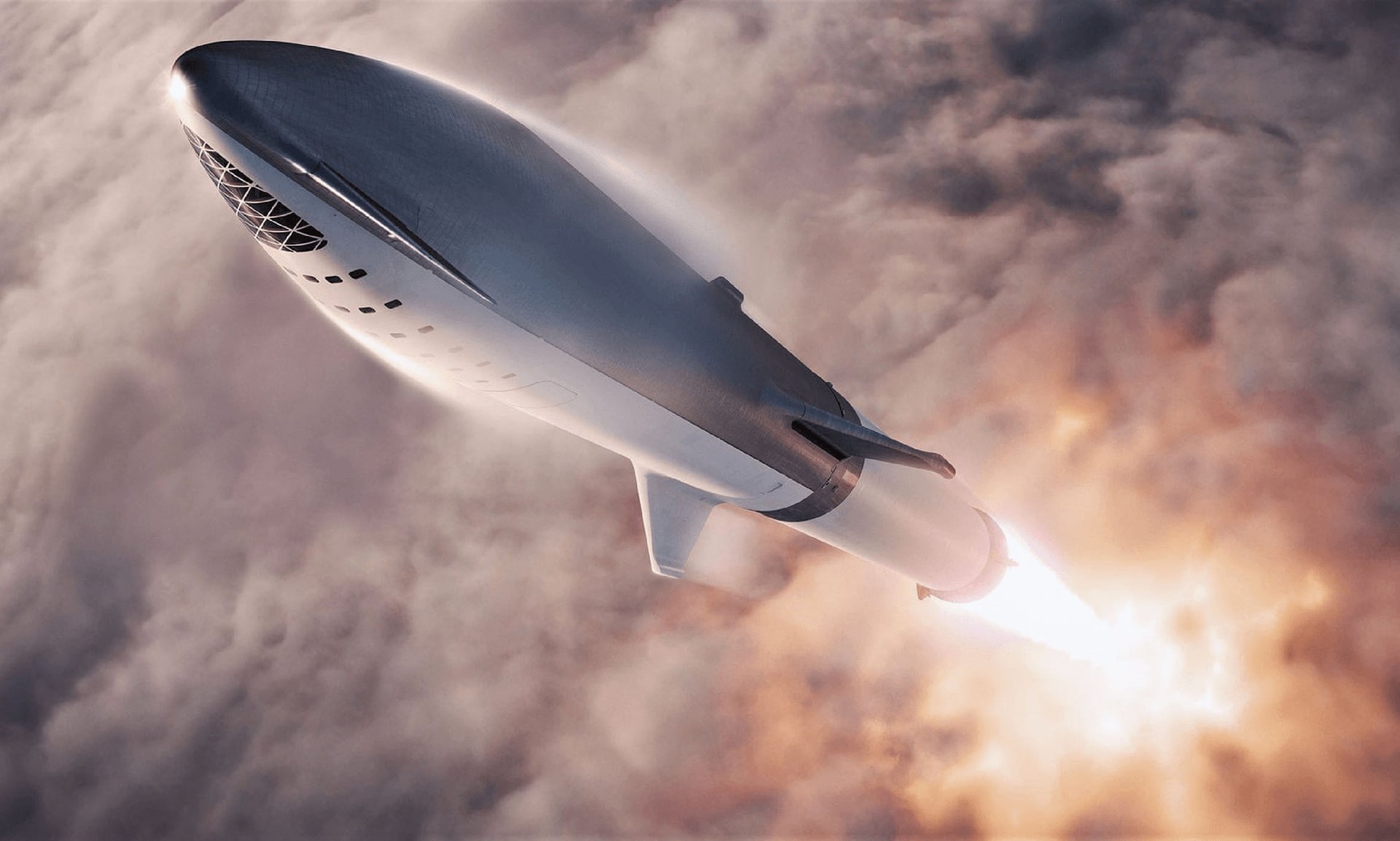
Render of China’s Mars 2020 rover ahead of deployment. Credit: CNSA/Xinhua
China remains on schedule to ready its first independent mission to Mars in time for a short launch window in mid-2020, according to a leading space official.
“Mars 2020 mission spacecraft is undergoing integration,” Wang Chi, director of the National Space Science Center (NSSC) in Beijing, told SpaceNews in a rare update on the mission.
Ambitiously, the mission consists of both an orbiter and a rover, with a total of 13 science payloads. The NSSC will be involved in integration of the instruments with the spacecraft.
The orbiter will be equipped with a high-resolution camera comparable to HiRise on board NASA’s Mars Reconnaissance Orbiter, a medium-resolution camera, subsurface radar, minearology spectrometer, neutral and energetic particle analyzers and a magnetometer.
The 240-kilogram solar-powered rover, nearly twice the mass of China’s Yutu lunar rovers, will carry a ground-penetrating radar, multispectral camera, a Laser Induced Breakdown Spectroscopy instrument and payloads for detecting the climate and magnetic environment.
Meanwhile, the Academy of Aerospace Propulsion Technology, an institute under main space contractor the China Aerospace Science and Technology Corporation (CASC), this month completed testing of a variable thrust engine, capable of 7,500 Newtons of thrust, which will provide the majority of deceleration for the landing.
Two preliminary landing areas have been selected. The first is Chryse Planitia, close to the landing sites of NASA’s Viking 1 and Pathfinder, with the second covering Isidis Planitia and stretches to the western edge of the Elysium Mons region, between the landing sites of Curiosity and Viking 2.
![]()



:focal(403x308:404x309)/https://public-media.si-cdn.com/filer/b8/2b/b82bd22f-52f8-4676-9dd0-fd7538894d44/6785674.jpg)




